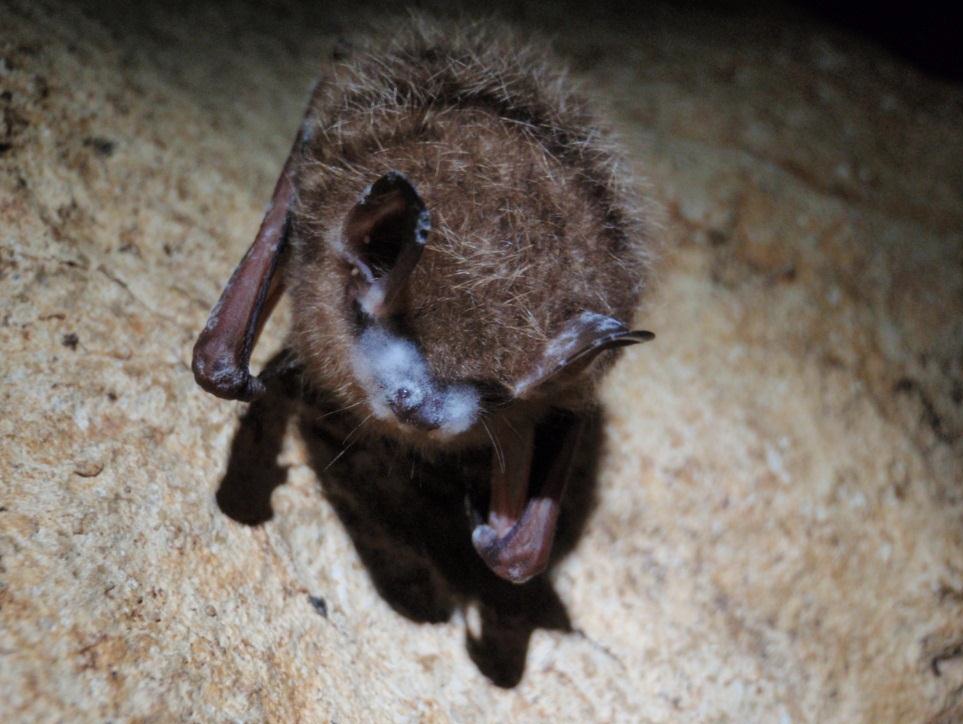 Bats move around a lot. Some bats migrate. Some bats move from summer or maternity roosts to winter hibernation caves. Finding out how bats move has suddenly become extremely important. White nose syndrome seems to be following the known patterns of bat movement. But just so little is known.
Bats move around a lot. Some bats migrate. Some bats move from summer or maternity roosts to winter hibernation caves. Finding out how bats move has suddenly become extremely important. White nose syndrome seems to be following the known patterns of bat movement. But just so little is known.
Erin Fraser used stable isotopes to study the migration patterns of tri-colored bats (aka eastern pipistrelles) for her doctoral work at Western University in London, Ontario, Canada. Bat Conservation International helped fund the work, so they have lots of details in their newsletter, here.
You can learn more about using stable isotopes in ecological research in this article in the online publication Yale Environment 360, here.
Photo: A tri-colored bat found at Cumberland Gap National Historical Park
shows visible signs of white-nose syndrome. Courtesy National Park Service
